
Send all work for this course to [email protected]
Is there a book in this class?
Please read the Class Policies page now.
Tentative Schedule: (Please expect changes to be made in the schedule from time to time during the semester--they will be announced well ahead of time both in class and by email).
January 5: Multiversions and Film: Welles' Legacy
John Landis on the trailer for Citizen Kane

1. Editing (Eisenteinian montage)
2. Sound Design (post-production dubbing; non-syncrhonization of sound and image tracks)
3. Versions (What is a "version?")
4. Welles as a Derridean An-archivist (Digital versus Celluloid)
5. "Auto-bio" criticism in and out of his films; a legend in his own time and a legend in his own mind
6. Welles "lost" or "ufinished" films. Will he have ever finished making a film?
7. Multi-media mixer
8. Independent film maker
9. That voice.
10. Welles in Europe (French, Italian, and English versions; dubbing versus subtitling)
11. Magician of Multi-Media
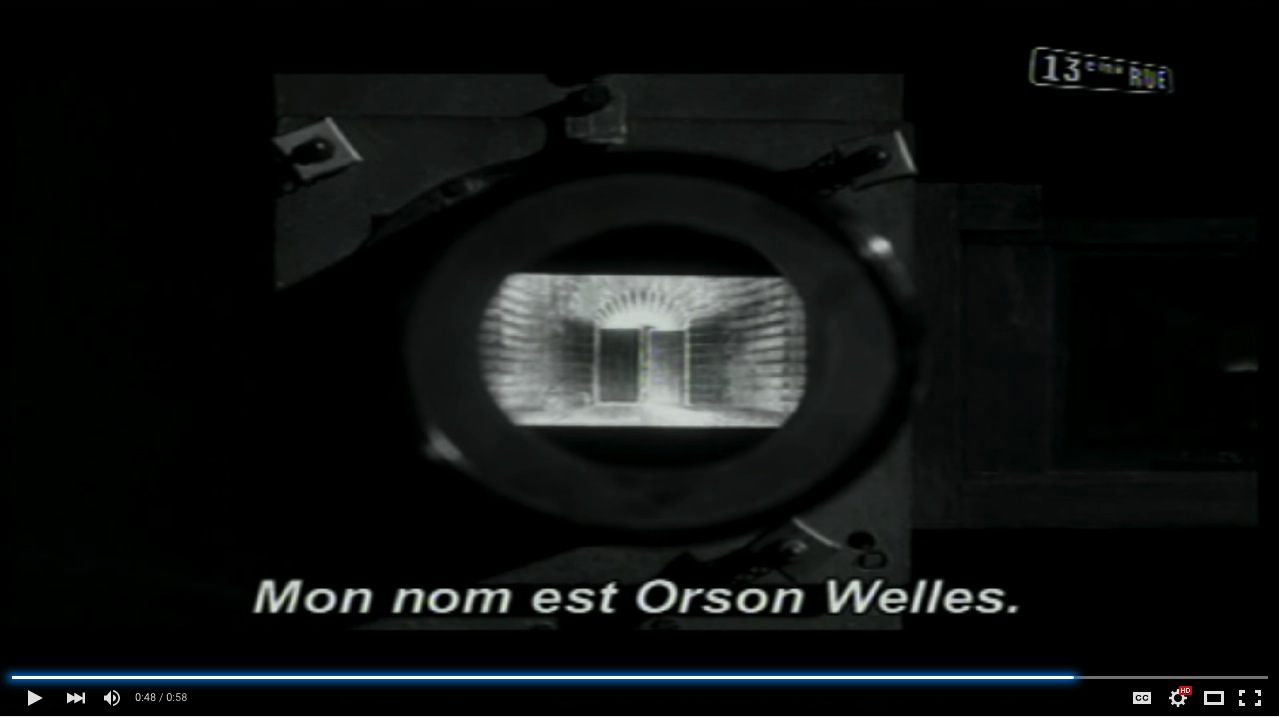
John Landis on the trailer for Citizen Kane

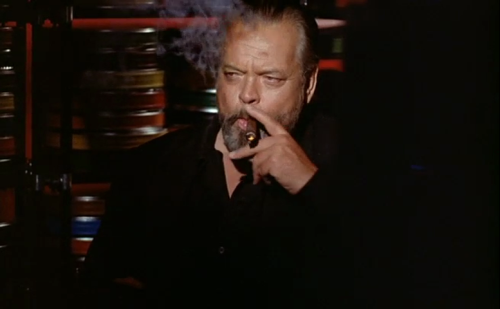
Orson Welles symposium at University of Michigan
The Lost Work of Orson Welles at MoMA
Essays on Film Versions (in French) by François Thomas
Essays on Film Restoration and Preservation
Here is your first assignment, due tomorrow, January 6 by 5 p.m. Email it in one word document (as an attachment) to me at [email protected].
January 7:

Required Viewing:
1. F for Fake (1973)
2. "F for Fake" original trailer by Orson Welles - 1976
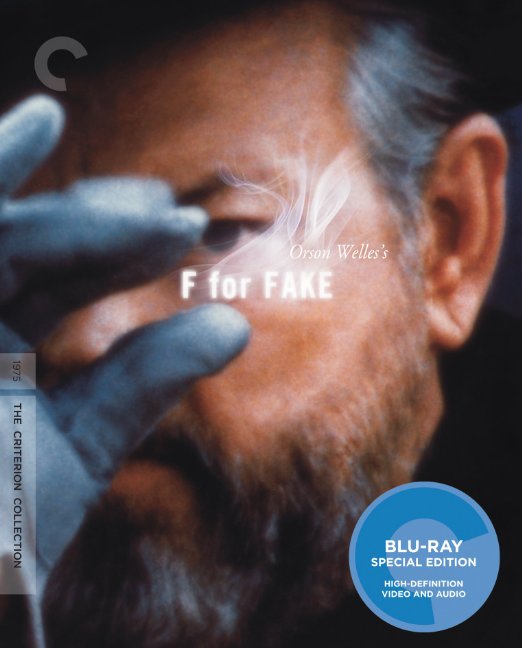
Optional Viewing:
F for Fake trailer
The Female Gaze? Penelope Cruz's directorial debut with husband Javier Bardem for L'Agent lingerie
Due January 11 by 5 p.m. Two discussion questions, numbered one and two and three shots with three film analysis terms on Filming Othello and ditto for the documentary on F for Fake, with your name at the bottom of the document, due by 7 p.m. Email your DQs in one word document (as an attachment) to me at [email protected]. Don't forget to put your name in the document and in the document heading at the bottom, after your DQs, as in "Yournamehere.doc." YOUR Completed DOCUMENT SHOULD LOOK LIKE THIS.
January 12: Welles as Editor
Required Viewing:
1. Filming Othello (1978)
2. One Man Band: A Documentary (dir. Vassili Silovic, Oja Kodar, 1995) on youtube as
Orson Welles missing tapes.mp4 (watch the first unumbered part link to your left and then parts 2,3,4,5,6)
Extra on the Criterion DVD and blu-ray)

DQs etc. Are Always Due the day before class by 5 p.m. on Mondays and by 7 p.m. Wednesdays for the rest of the semester.
Optional Viewing:
Gimme Shelter title sequence (Captures here)
F for Fake (1973) - How to Structure a Video Essay
January 14:
Required Viewing:
Citizen Kane (1941)

January 19: The three versions of Othello, the Italian (1951), the French (1952), and the American (1955).
Required Viewing:
Othello (1955)
Watch this release version done by Criterion in 1994 for an LD that has been uploaded to youtube.
Required Reading:
Jack Jorgens' chapter on Welles' Othello in Shakespeare on Film (Bloomington: Indiana University Press, 1977), 175-90.
Optional Viewing:
Click on image below for the Carlotta website for their 2014 restoration of Othello.
Essays on Film Versions (in French) by François Thomas

Above: the end of the titles of the controversial 1992 Castle Hill restoration.
BEN YAGODA, "Welles's 'Othello' Made Chaos Into an Art Form"
March 1, 1992
1992 Castle Hill video "Restoration"
Audiocommentary track on the Criterion Othello
Orson Welles quotes Othello in Trent's Last Case
Optional Reading:
Kathy Howlett, “Orson Welles’s Othello” in Framing Shakespeare on Film, p. 52-91.
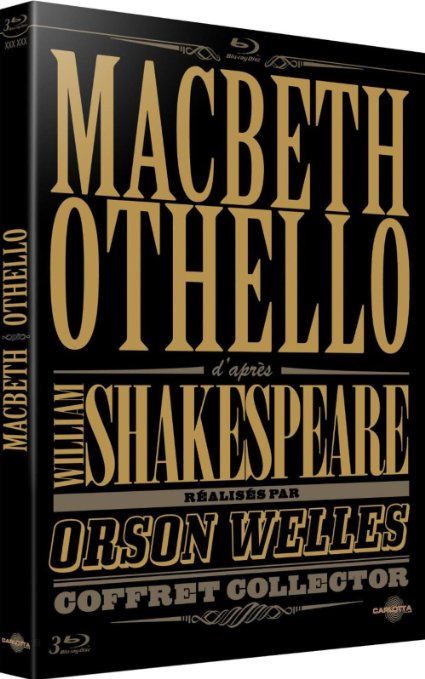
January 21: Restoring Welles' Film? Or Destroying Welles' Film?
Required Viewing:
Othello 1952 (French release version), alternate opening and alternate ending
Required Reading:
Michael Anderegg, "The Texts of Othello, in "Orson Welles: Shakespeare and Popular Culture, 98-122.
Opetional Reading:
Jean-François Cornu, "Le générique parlé de l’Othello d’Orson Welles (I) Un dilemme hamlétien pour le sous-titrage"
Optional Viewing:
Paul Robeson's Broadway Othello, Act V, Scene II (1944)
Paul Robeson discusses Othello
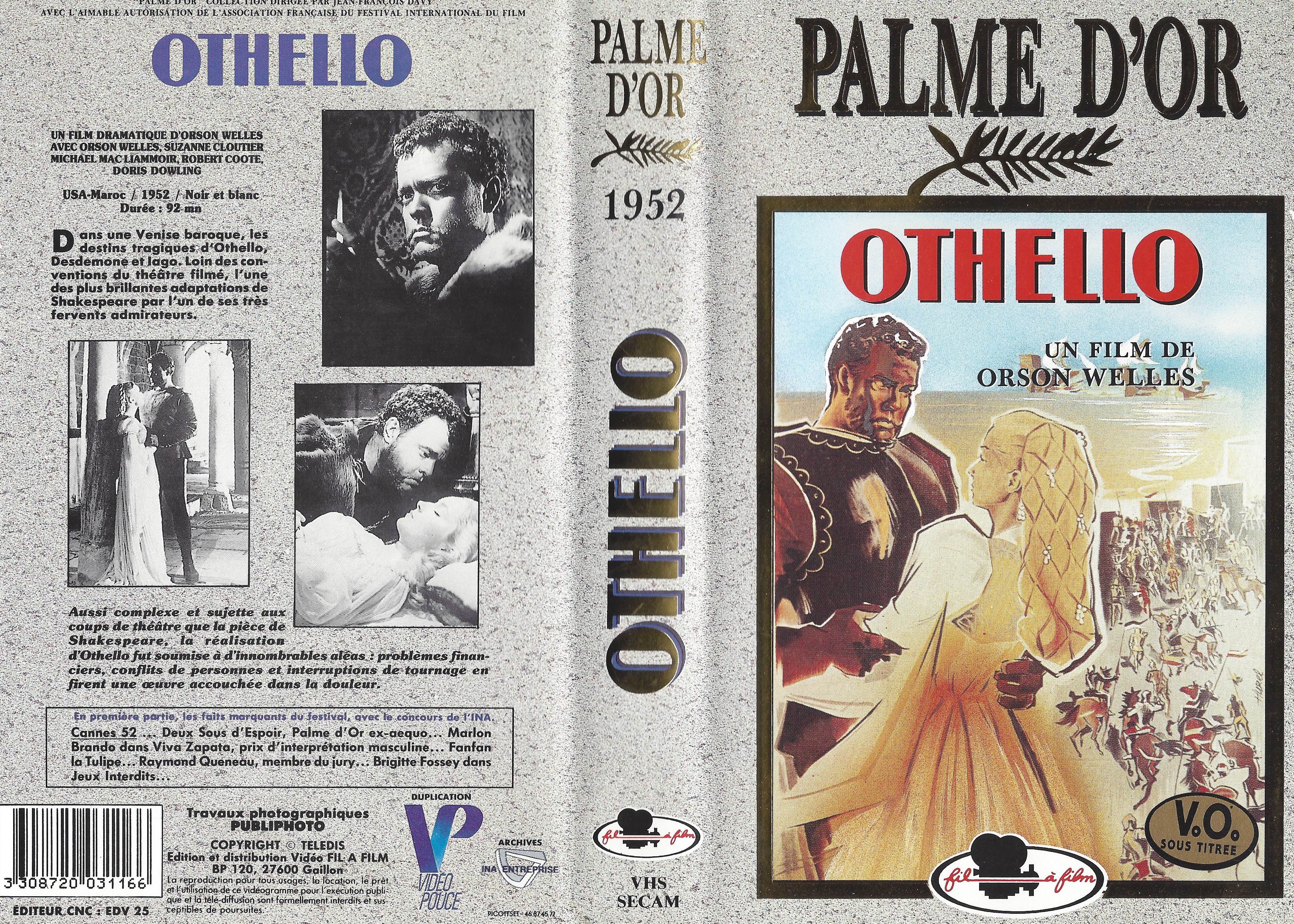
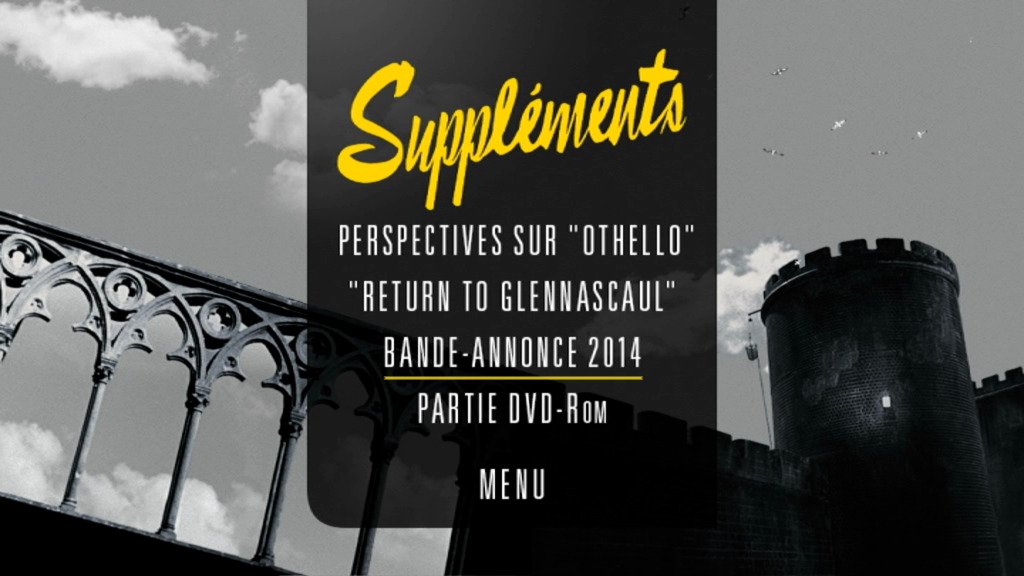
January 26: Othello
Required viewing:
Watch the Criterion Othello with the audiocommentary
Required Reading:
1.Alberto Anile, Othello without the "H"
2. Peter Donaldson's chapter "Mirrors and M / Others in Othello" in Shakespearean Films / Shakespearean Directors, 93-126.
Optional:
Excerpts from Alberto Anile's Othello Without the "H"
Carlotta films press-release Othello
Othello d'Orson Welles : bande-annonce 2014
Messed up aspect ratio for the youtube upload of the 1992 restoration
Digital Cinema Package (DCP)
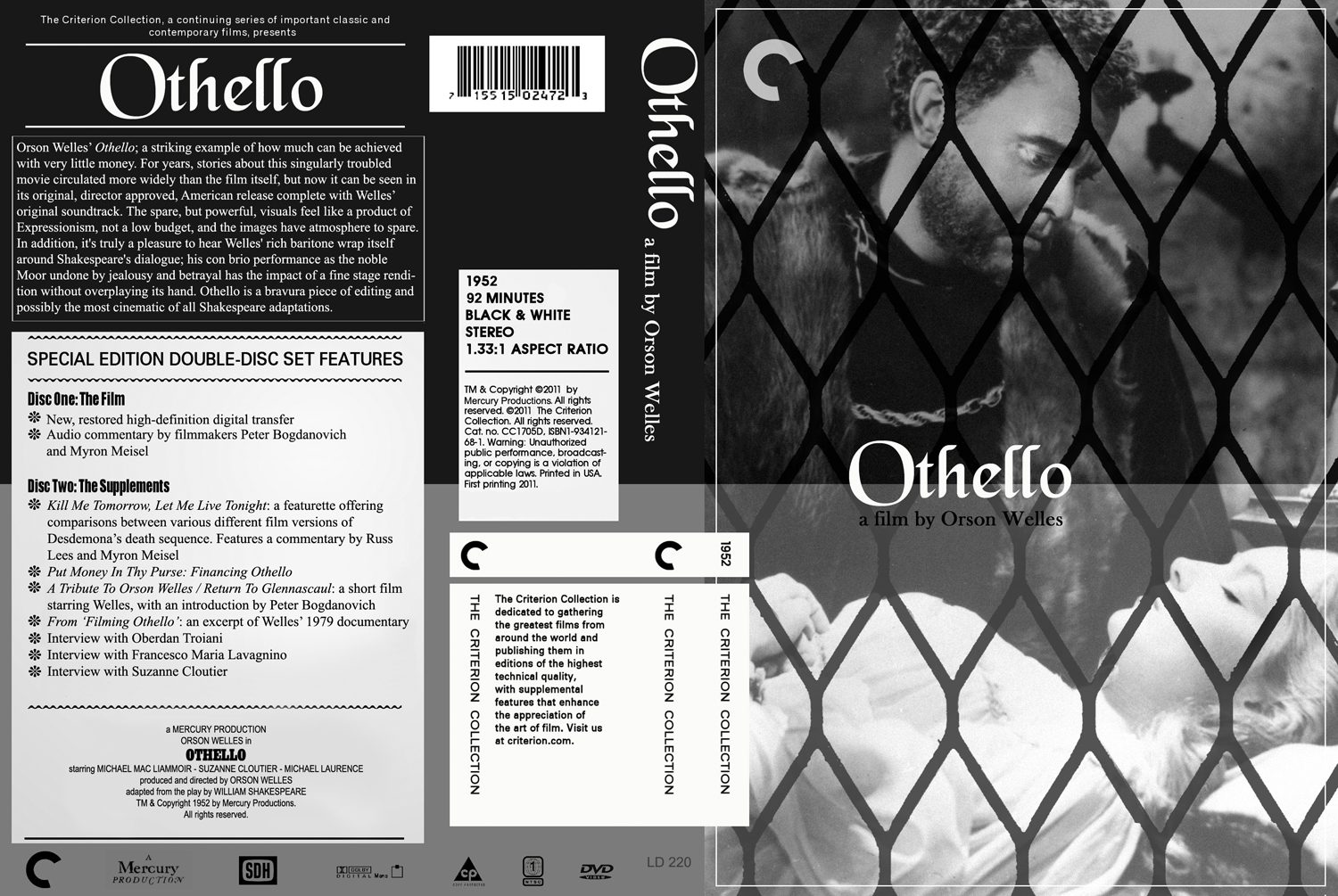
January 28: Othello 1949 Italian version
Required Readings:
2. Welles' memo on Othello. (Ignore the page in Italian)
(Welles wants three versions of the same shot, only one of which he will use.
A bit like the Touch of Evil memo --- a shaping influence even in absentia.)
3. Orson Welles' Journey to Italy, chapter 11 and 12, pages 185-240.
In class viewing:
PERSPECTIVES ON OTHELLO: JOSEPH McBRIDE ON ORSON WELLES, an extra on the Carlotta 2014 Othello Blu-ray and DVD.
Optional: Financing Othello - With Audio Commentary
The First Film Audio Commentary
Sebastian Lefait, Filming Othello
Erich Auerbach, Mimesis "The Weary Prince"
David Impasto, "Othello and the Welles-Smith Restoration: Definitieve Version?" Shakespeare Bulletin Fall 1992, pp. 38-41

First Paper (700 words) DUE Saturday, JANUARY 30 by 11:59 p.m. Email your paper (as an attachment) to me at [email protected]. Put your name in the subject title or header of your title. Put your name in your paper. You will need a title for your paper and a thesis, an argument that you can state in one sentence. Your thesis should go at the end of your first paragraph. See Paper Guidelines. Grading: If you don't put your name on your paper, it's an automatic E. If you don't have a proper title, it's an automatic E. If you don't have a thesis, it's an automatic E. One third of your grade will be based on your title; one third on your thesis; and one third on the rest of your paper. Btw, you may figure out your title before you write your paper, but usually, you only figure out your thesis by writing your paper and what you think is your concusion needs to be moved up from the end of the essay to the front. Then you are ready to make your final revisions and add a new concluding paragraph. You may also have come up with a new title in the course of writing the paper. And then you are ready to proofread your paper. And then you will have finished writing your paper. Congratulations! :)
February 2: Touch of Evil (as a remake of Othello)
Two versions? Or three?
Required Viewing:
Touch of Evil Theatrical Release 1958



February 4: Posthumous Welles
Required Viewing:
Touch of Evil Reconstructed Release of 1998; uses parts of the 1976 rediscovered preview version released on videotape and aserdisc and said to be the "complete restored version."
Restoration of "Touch Of Evil" (1958) - part 1
Required Reading:
Orson Welles memo on Touch of Evil
February 9:
Required Viewing:
Touch of Evil Reconstructed Release with Audiocommentary by James Naremore and Jonathan Rosenbaum
Required Reading:
1. Scott Newstok, "Touch of Shakespeare: Welles Unmoors Othello"
2. Chapter on Touch of Evil in James Naremore's The Magic of Orson Welles
February 11:
Required Viewing:
The Lady from Shanghai (1947) (jealousy; mirrors; blondes as in Citizen Kane and Othello)
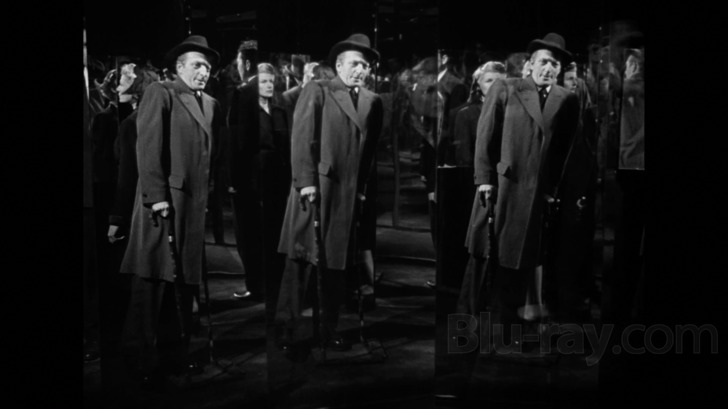

February 16:
Required Viewing:
The Magnificent Ambersons (1942)
February 18:
Required Viewing:
Mr. Arkadin (1955), the "new comprehensive version." (There are seven versions, according to Jonathan Rodenbaum, and eight versions, according to Francois Thomas. For three of them, see Orson Welles, The Complete Mr. Arkadin Criterion Collection DVD set)
February 23:
Required Viewing:
Roman Polanski's Macbeth (1971)
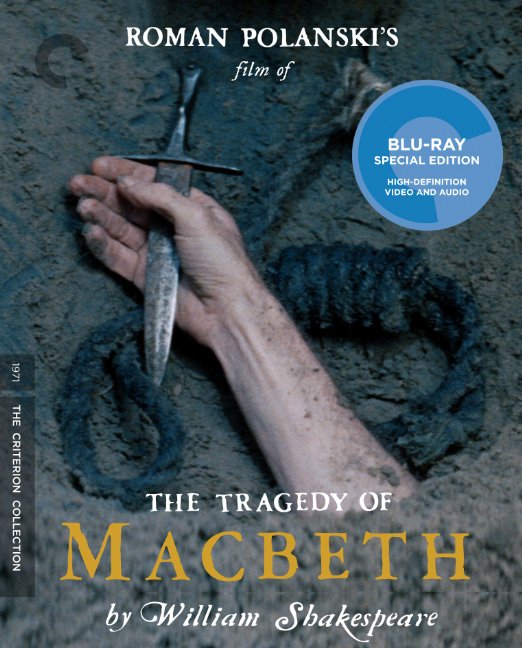
February 25: Patrick Stewart as Macbeth
Required Viewing:
Macbeth (dir.Rupert Goold, 2010)
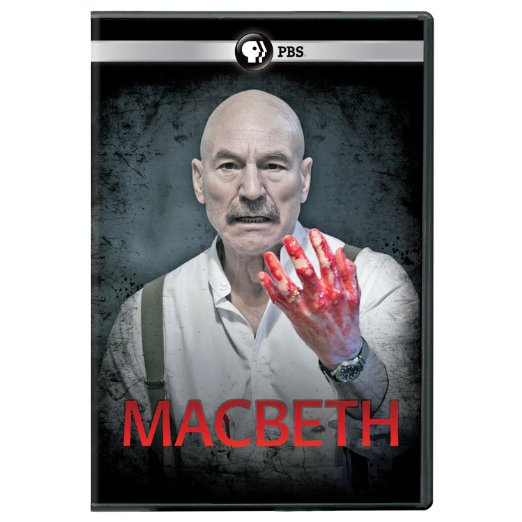
March 2: Spring Break
March 4: Spring Break
March 8:
Required Viewing:
The Third Man (dir. Carol Reed, 1949)

March 10:
Required Viewing:
1. Orson Welles' Macbeth longer cut of 1948 (119 minutes)
Required Reading:
Alberto Anile, "The Fall of Macbeth," in Orson Welles in Italy, 100-120.
Recommended Links to Films, Filmmakers, and Film Schools Anile mentions:
Laurence Olivier's Hamlet (1948)
Sergei Eisenstein, Alexander Nevsky (1938) battle on the ice scene
Fritz Lang, Die Niebelungen (1924)
André Bazin Interview with Orson Welles
André Bazin and Charles Bitsch Originally published in Cahiers du Cinéma, No. 84, June 1958.
Translated and annotated by Sally Shafto
Gherardo Casale, L'incantesimo è compiuto: Shakespeare secondo Welles (2001)
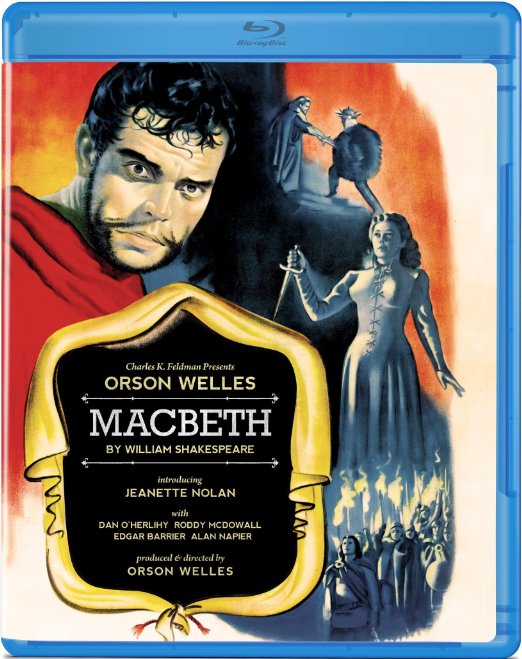
March 15:
Required Viewing:
Macbeth (dir. Justin Kurzel, 2015)
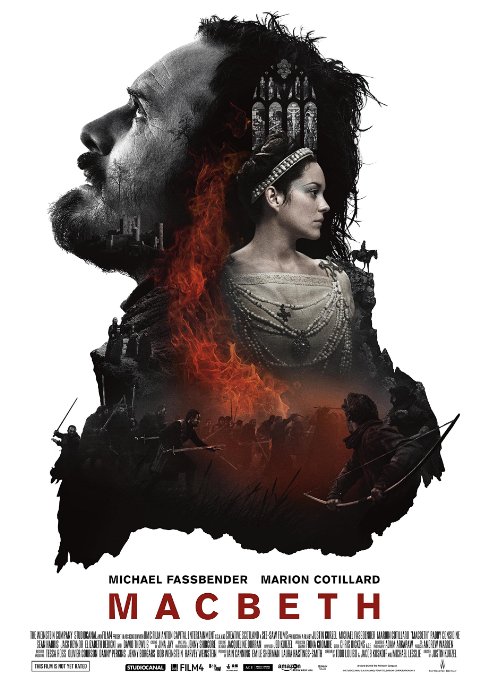
Recommended Viewing and Reading:
1. Michael Anderegg, "Shakespeare Rides Again: The Republic Macbeth," in Orson Welles: Shakespeare and Popular Culture, 74-97.
2. Bernice Kliman, “Welles’s Macbeth: A Textual Parable” from Screen Shakespeare Ed. Michael Skovmand, 1994, pp. 25-37.
Orson Welles' Macbeth 1950 (second, shorter cut, long distance re-edit by Welles at the command of the head of Republic Studios) 86 minutes
Bernice Kliman, Shakespeare in Performance: Macbeth
Documents relating to the production of Welles' Macbeth
The Welles Federal Theater Project Voodoo Macbeth debate
Macbeth Script - Dialogue Transcript
André Bazin on "découpage" (everything related to writing / shooting the film between the screenplay and the editing of the exposed film). In his book on Welles, Bazin relates découpage to Welles' depth of field and wild angle lenses. Instead of dictating what the viewer can make of the image, Welles forces his viewer to make meaning from his images.
Anthony Davies, "Orson Welles' Macbeth"
François Thomas on the soundtrack in Welles' two versions of Macbeth

Contenu additionnel
DVD 1 :
Le film en version intégrale voulue par Orson Welles (114')
La restauration (13')
Sequences thematiques commentees - selected-scene commentary by stage director Stuart Seide. In French, not subtitled.
1. Image (3 min)
2. Music and Sound (4 min)
Le bruit et la fureur - in this video interview, stage director Stuart Seide discusses the theatrical qualities of Macbeth, some of the unique socio-political overtones in Orson Welles' adaptation of the classic play, and the film's visual style. The program was produced by Wild Side Video. In French, not subtitled. (14 min).
DVD 2 :
Le film en version courte exploitée en salles (85')
DVD 3 :
"Vaudou Macbeth" : 4' du Vaudou Macbeth, pièce de 1936 montée par Orson Welles à New York uniquement avec des acteurs Afro-Américains
Enregistrement radiophonique de Macbeth, la pièce, réalisé en 1940 (78')
"Les deux Macbeth d'Orson Welles" : analyse par François Thomas, universitaire spécialiste de Welles (13')
"Welles et Shakespeare" : analyse par Jean-Pierre Berthomé, universitaire spécialiste de Welles (13')
Analyse détaillée des 2 versions du film (26')
Séquences thématiques commentées : l'image, le son et la musique
Le décor : analyse détaillée par Jean-Pierre Berthomé, croquis de Welles à l'appui
March 17:
Required Viewing:
Magician: The Astonishing Life and Work of Orson Welles (2014)
Required Reading:
Roger Hill and Orson Welles, "On the Teaching of Shakespeare and Other Great Literature"
1. The English Journal – June 1938
2. Michael Anderegg, "Welles / Shakespeare / Film: An Overview,"
Orson Welles: Shakespeare and Popular Culture, 57-73
Recommended Reading:
"Welles and Rossellini," in Alberto Anile's Orson Welles in Italy, 300-09
Second Paper (700 words) DUE Saturday March 19 by 11:59 p.m. Email your paper (as an attachment) to me at [email protected]. Put your name in the subject title or header of your title. Put your name in your paper. You will need a title for your paper and a thesis, an argument that you can state in one sentence. Your thesis should go at the end of your first paragraph. See Paper Guidelines. Grading: If you don't put your name on your paper, it's an automatic E. If you don't have a proper title, it's an automatic E. If you don't have a thesis, it's an automatic E. One third of your grade will be based on your title; one third on your thesis; and one third on the rest of your paper. Btw, you may figure out your title before you write your paper, but usually, you only figure out your thesis by writing your paper and what you think is your concusion needs to be moved up from the end of the essay to the front. Then you are ready to make your final revisions and add a new concluding paragraph. (Do not repeat yourself in your conclusion.) You may also have come up with a new title in the course of writing the paper. And then you are ready to proofread your paper. And then you will have finished writing your paper. Congratulations! :)
In class, we will all go over each student's paper. I will pproject each paper on the screen at the front of the class. Your grade will be based on your title. We must be able to guess your topic as stated in your opening paragraph. Your title should also be inviting, not just functional. For example, if you were writing a paper on the porter scene in Polanski's Macbeth, you might entitle your paper "Night Porter: Post-Holocaust Uri-Nation in Polanski's Macbeth."
You have three options: 1. Write a persuasive essay on one of Welles's signatures, on one aspect of Welles you see repeated in one or more of his films.
2. Design a blu-ray cover for one of Welles's films that have more than one version. The Criterion Othello cover is fake. http://fakecriterions.tumblr.com The covers of the Citizen Kane blu-ray (jigsaw) and the Criterion Complete Mr. Arakadin (a palimpsest of jigsaw pieces that show parts of the text of the novel and Welles's face made up as Arkakdin) are both inventive. In addition to the cover, you will also have to design the interior of your fake edition.
3. Make a Wellesian trailer for one of Welles' films other than the trailers that already exist for his films. You can story board it and do the voice-over in class.
Options 2 and 3 must look good and teach the viewer / reader some important things about the film.
March 22:
Required Viewing:
The Hollow Crown (TV series) Henry IV, Part One and Henry IV, Part Two
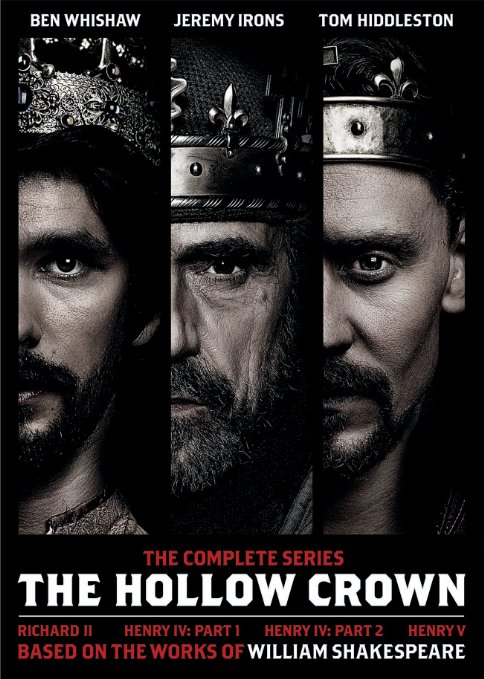
March 24:
Required Viewing:
The Chimes at Midnight (In 2016, there will be screenings of the partially restored film to 4K.) Criterion have no plans to release this restoration. The President awaits the fully restored version. How Wellesian.
Required Reading:
Michael Anderegg, "Chimes at Midnight: Rhetoric and History," in Orson Welles: Shakespeare and Popular Culture, 123-40.
March 29: My Own Private Idaho
Required Viewing:
My Own Private Idaho
Required Reading:
"Where is the Bawdy? Falstaffian Politics in Gus Van Sant's My Own Private Idaho "

March 31:
Required Viewing:
2. Lost in La Mancha (dir. Keith Fulton and Louis Pepe, 2002)
Required Reading:
1. Adalberto Müller, "ORSON WELLES, AUTHOR OF DON QUIXOTE, RECONSIDERED"
Forthcoming in Cinema Journal, June 2016.
Recommended Viewing:
Unseen Orson Welles with Jonathan Rosenbaum (v2)
Recommended Reading:
orson-welles-don-quixote-the-enigma/
April 5:
Required Viewing:
1. A.K. (dir. Chris Marker, 1985) It appears as an extra on the Criteiron editon of Ran, Akira Kurosawa's adaptation of Shakespeare’s King Lear
https://www.criterion.com/films/754-ran You wil have to see this at the screening unless you rent the DVD or blu-ray.
2. King Lear CBS TV, 1953, directed by Peter Brooks and Andrew McCullough.

April 7: A Story within a Story
Required Viewing:
The Trial (American versus French end titles, both on youtube)
Required Reading:
Recommended viewing:
Orson Welles' Filming The Trial
Required Reading:
French and English versions of the screenplay
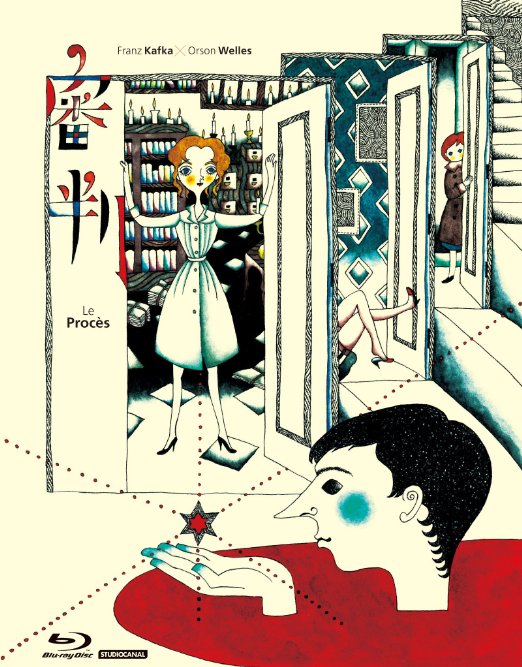
April 12:
Required Viewing:
Jane Eyre (dir. Robert Stevenson, 1943)
April 14:
Required Viewing:
1. The Stranger (dir. Orson Welles, 1946)
2. Billy Wilder 's Death Mills (or Die Todesmühlen), 1945. You can find this on the right of the wikipage linked to your left. The film will pop into full frame.
Required Reading:
1. Bret Wood, "Recognizing The Stranger"
1. Where to Begin with Orson Welles? Where would you begin and why? What would go second? Where would you end?

April 19: Final Paper (50 words, not including the title or quotation) due before class, April 19 (please email it to me at [email protected]).
Journey into Fear (Norman Foster and Orson Welles, 1943 film)

You may ignore everything below.
Spoils of Babylon and Spoils Before Dying
The Spoils Before Dying | Trailer | IFC

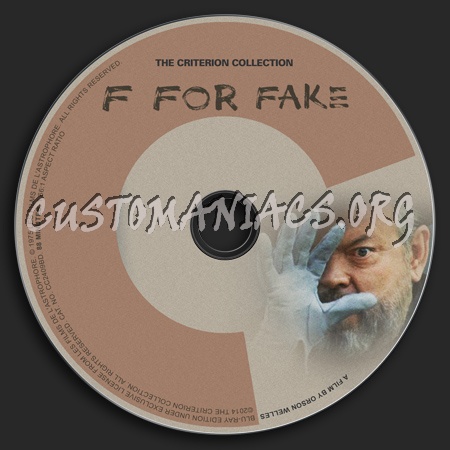
![]()

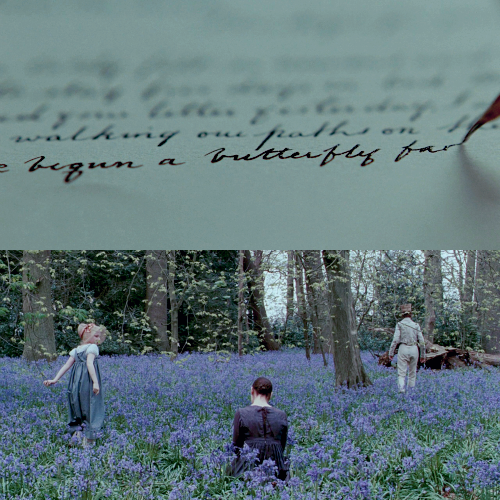
Macbeth d'Orson Welles : Bande-annonce
1. Mercury theater Shakespeare radio broadcasts
https://archive.org/details/OrsonWelles-MercuryTheater-1938Recordings
http://thefilmstage.com/news/listen-to-an-archive-of-orson-welles-radio-plays/
https://itunes.apple.com/us/podcast/orson-welles-on-the-air/id267928081?mt=2
http://www.mercurytheatre.info
1938 Mercury Theatre radio production of Julius Caesar http://www.pbs.org/wnet/shakespeare-uncovered/blog/julius-caesar/
https://www.youtube.com/watch?v=Vsq7j4NT8do
2. Everybody’s Shakespeare
http://babel.hathitrust.org/cgi/pt?id=mdp.39015054194397;view=1up;seq=13
3. Merchant of Venice (1969)
http://www.wellesnet.com/details-emerge-on-the-merchant-of-venice-restoration/
http://www.hollywoodreporter.com/news/venice-film-festival-2015-lost-813819
4. The Immortal Story
https://en.wikipedia.org/wiki/The_Immortal_Story
5. The Dreamers
https://en.wikipedia.org/wiki/The_Dreamers_(unfinished_film)
6. The Other Side of the Wind
https://en.wikipedia.org/wiki/The_Other_Side_of_the_Wind
https://www.paleycenter.org/collection/item/?q=orson+welles+radio%3D4%3DR88%3A0153&p=1&item=R88:0205
8. War of the Worlds radio broadcast
https://www.youtube.com/watch?v=Xs0K4ApWl4g
9. Around the World in 80 Days
http://www.amazon.com/Around-World-80-Days-Featuring/dp/1849330220
10. Around the World with Orson Welles
https://en.wikipedia.org/wiki/Around_the_World_with_Orson_Welles
11. It’s All True
https://en.wikipedia.org/wiki/It%27s_All_True_(film)
12. Too Much Johnson
AUGUST 7, 2013 | 11:12AM PT
George Eastman House supervised restoration of 1938's 'Too Much Johnson'
Orson Welles’ long-lost 1938 film “Too Much Johnson” was recently discovered in an Italianwarehouse and has now been restored, according to the George Eastman House and other preservation orgs.
http://variety.com/2013/film/news/lost-orson-welles-film-found-in-italy-1200575409/
The only known print until now was thought to have burnt in a fire at Welles’ home near Madrid in 1970.
https://www.youtube.com/watch?v=6dkC8vG4x54
“This is by far the most important film restoration by George Eastman House in a very long time,” said Paolo Cherchi Usai, senior curator of film, who supervised the project for George Eastman House. “Holding in one’s hands the very same print that had been personally edited by Orson Welles 75 years ago provokes an emotion that’s just impossible to describe.”
13. Me and Orson Welles
http://www.nytimes.com/2009/11/22/movies/22welles.html?_r=0
14. Fade to Black, directed by Oliver Parker. Danny Huston and Paz Vega
https://www.youtube.com/watch?v=B8GAzCSgySI
15. Nikola Tesla the movie (the real story)
https://www.youtube.com/watch?v=22t1H6b_rXE
time stamp 45 minutes
16. The Cradle Will Rock
http://www.pbs.org/wgbh/cultureshock/flashpoints/theater/cradlewillrock.html
https://en.wikipedia.org/wiki/Cradle_Will_Rock
17. The Witching (1972)
http://www.dailymotion.com/video/x21crjt_the-witching_shortfilms
18. The Hearts of Age, 1934 Short is Orson Welles' First Film
https://www.youtube.com/watch?v=q9EbQj3cgIc
19. The Shadow with Orson Welles
https://www.youtube.com/watch?v=6gpiUVqI0bY
http://www.openculture.com/2014/08/orson-welles-adapts-heart-of-darkness.html
21. https://en.wikipedia.org/wiki/Start_the_Revolution_Without_Me
http://www.amazon.com/Mel-Brooks-History-World-Part/dp/B00000K3CQ
23. Paul Mason commercials
https://www.youtube.com/watch?v=Nvxwf1jxdaM
24. Dracula radio broadcast
https://www.youtube.com/watch?v=QyF4LGgzZxA
25. Fountain of Youth
https://www.youtube.com/watch?v=maDTnpfEglo
26.
Orson Welles Sketchbook - Episode 1: The Early Days
https://www.youtube.com/watch?v=SEbZ_0XC-zY
Orson Welles Sketchbook - Episode 2: Critics
https://www.youtube.com/watch?v=NL3ZoUJ-Tek
Orson Welles Sketchbook - Episode 3: The Police
https://www.youtube.com/watch?v=Crn_mPWd1HQ&spfreload=10
Orson Welles Sketchbook - Episode 4: Houdini/John Barrymore/Voodoo Story/The People I Missed
https://www.youtube.com/watch?v=qaooTLg2k-M
Orson Welles Sketchbook - Episode 5: The War Of The Worlds
https://www.youtube.com/watch?v=7VMbFnc0nTA
Orson Welles Sketchbook - Episode 6: Bullfighting
https://www.youtube.com/watch?v=42XkOQgoIXw
Jonathan Rosenbaum, "The Invisible Orson Welles"
Looking for Citizen Welles
Michael Wood MARCH 24, 2016 ISSUE
Joel & Ethan Coen - Shot | Reverse Shot

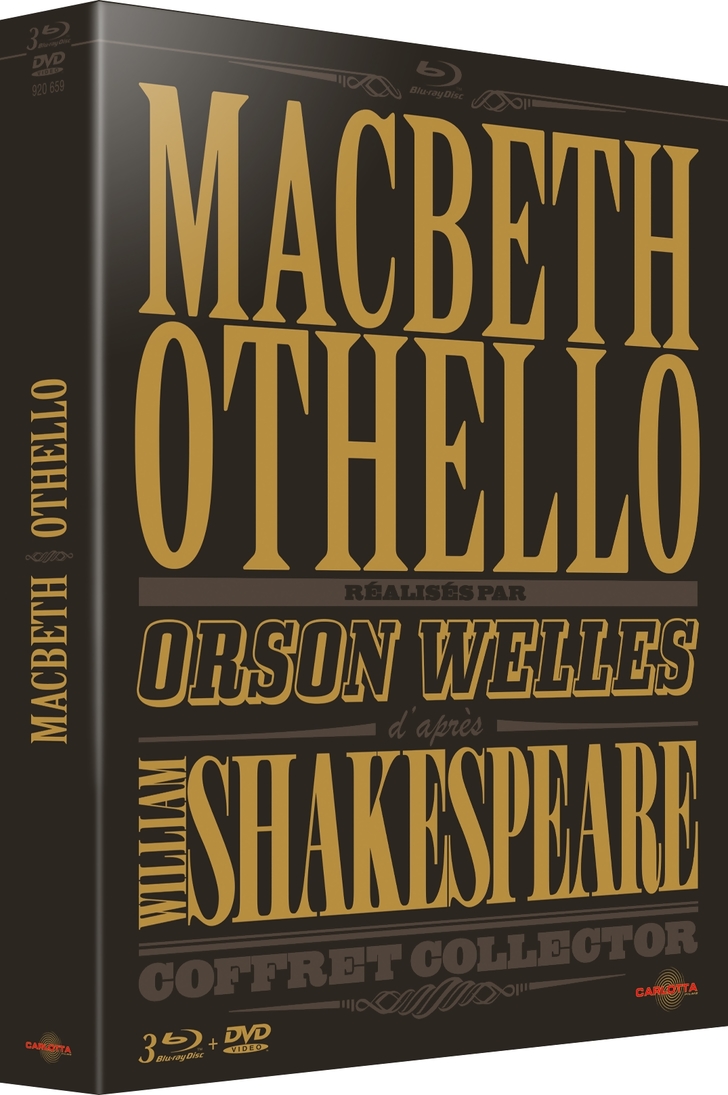
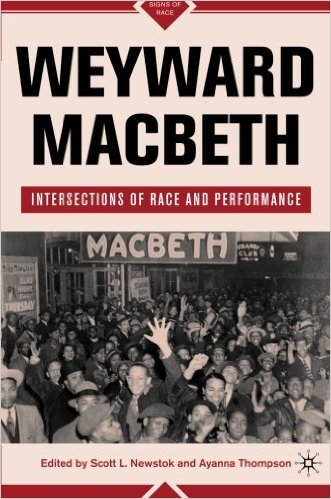
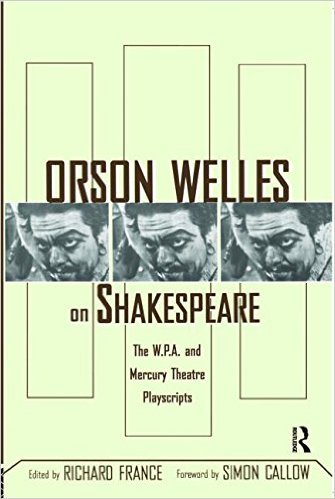
Scott Newstock, Weyward Macbeth: Intersections of Race and Performance
The War of the Worlds (radio drama)
Orson Welles - War Of The Worlds - Radio Broadcast 1938 - Complete Broadcast.
Who's Out There ? (1975) NASA Documentary on Aliens Extraterrestrial Civilizations
Orson Welles for Paul Masson Wine (April 2, 1979)
Orson Welles Drunk Outtakes for Paul Masson Wine Commercial
Orson Welles on What's My Line? PART 3

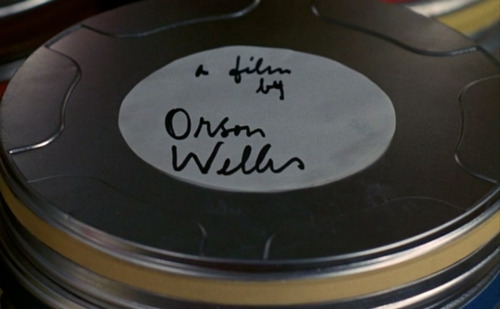

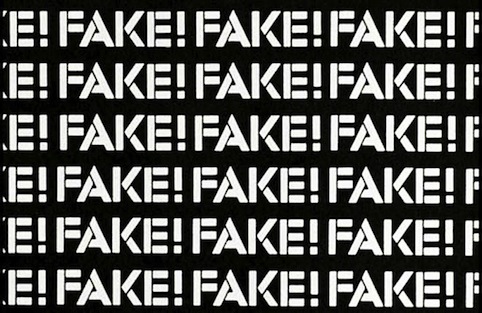

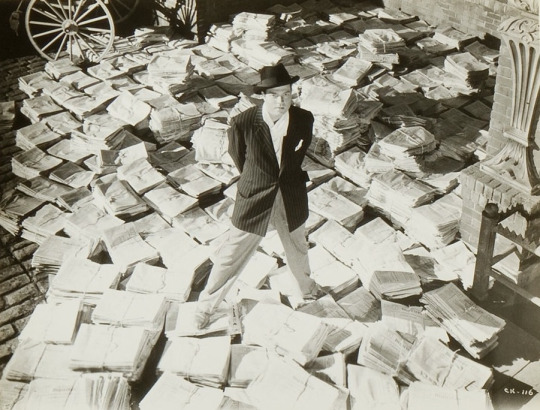




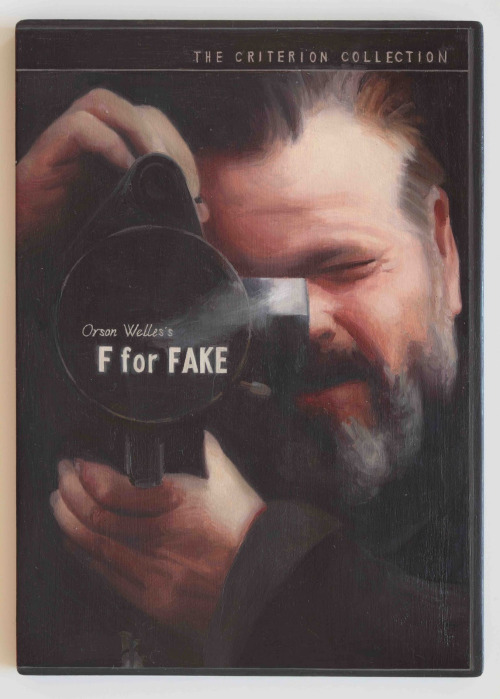 |
 |

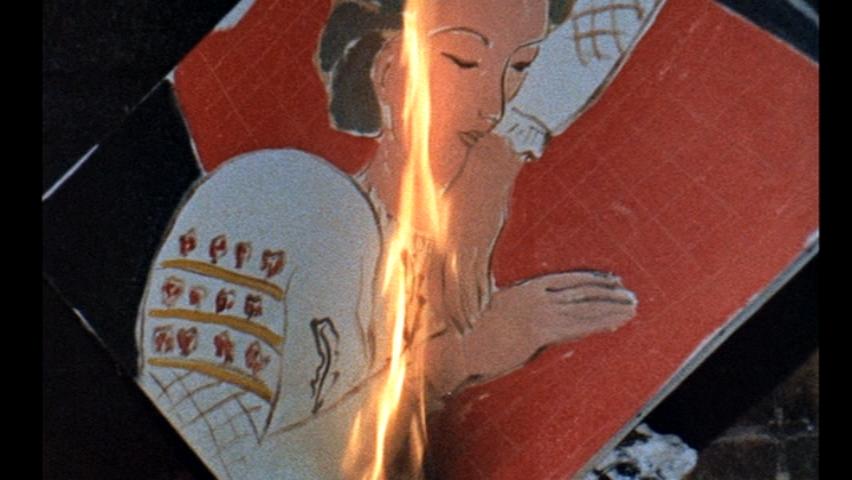



| 42 | June 30, 1946 | Orson Welles protests the end of OPA price controls and the imminent atomic test at Bikini Atoll — with his wife Rita Hayworth's image on the A-bomb, nicknamed "Gilda"[10][12] Cast: Orson Welles[5]:397[13] More information here. |

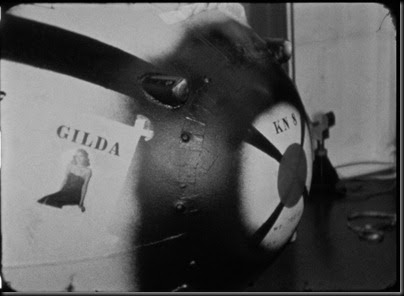

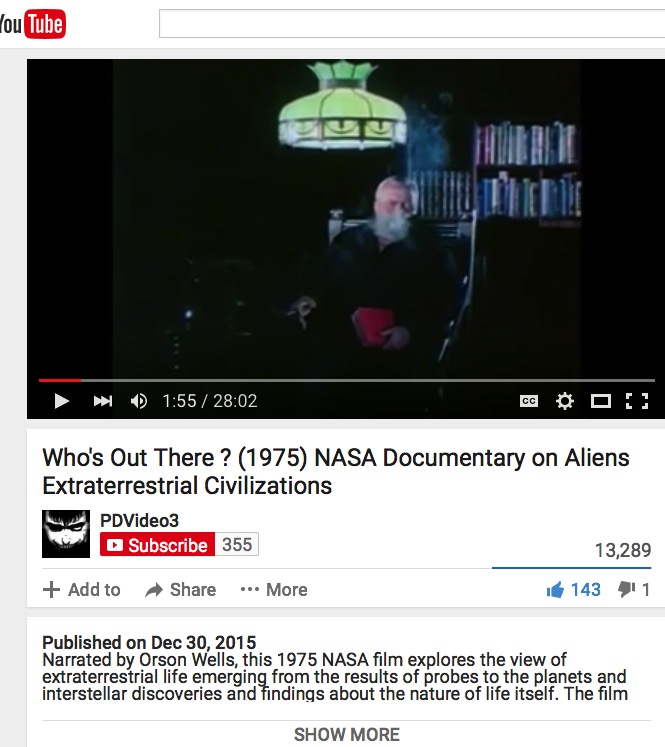

The jazz artist Nina Simone was intimately familiar with the scorn that this society heaps upon dark-skinned black women. The world she was born into in the 1930s told her in every possible way that ebony skin, a broad nose and full lips offended Eurocentric standards of beauty and made women of her complexion unworthy of admiration.
This mode of contempt was evident in the hiring practices of businesses that made “lightly colored” skin a job requirement for black women. It once dictated the admissions standards of some black sororities and civic organizations that favored near-white applicants, and determined spousal choices in African-American families that wanted desperately to preserve their Eurocentric appearances.
Ms. Simone fought the erasure of dark-skinned women by embracing Negritude. She became militantly Afrocentric in songs like “To Be Young, Gifted and Black,” an anthem of the ’60s-era black pride movement, and “Mississippi Goddam,” written after the 1963 church bombing in Birmingham, Ala., that killed four black girls.
She confronted the perversity of colorism directly in the famous ballad “Four Women,” in which she sang in the voices of black women whose fates were tied to their differing skin tones. The second woman sings: “My skin is yellow/My hair is long/Between two worlds/I do belong/My father was rich and white/He forced my mother late one night.” The fourth — I think of her as Ms. Simone’s alter ego — sings: “My skin is brown/My manner is tough/I’ll kill the first mother I see/My life has been too rough/I’m awfully bitter these days/Because my parents were slaves.”
Ms. Simone was known for salty language, and she would have made herself heard had someone suggested a film of her life starring a light-skinned actress wearing blackface. This describes the film “Nina,” due out this spring. It stars Zoe Saldana, known for her roles in “Avatar,” “Star Trek Into Darkness” and “Guardians of the Galaxy.”
PhotoA controversy erupted this month when the trailer and poster for the long awaited film was finally made public. The Simone estate expressed unhappiness on Twitter. Critics have since pointed out that Ms. Simone’s embrace of her blackness was essential to both her art and who she was as a person, and that any number of talented black actresses could have played the role without darkening themselves or requiring prosthetic help.
Britt Julious pointedly expressed this sentiment in the online music magazine Pitchfork, writing, “To deny an actress who is both capable and physically perfect for the role of Nina Simone is to deny the very viability of dark black womanhood that Simone embodied.” And she asked, “What is art if not from the mind and body of its creator?”
The makeup is problematic on several counts. For starters, it is implausibly done, and it fails to create the illusion of dark-skinned blackness upon which the role relies. It also brings to mind 19th-century minstrel theater, in which white performers blackened their faces to ridicule and stereotype African-Americans in song and dance.
The abolitionist Frederick Douglass especially despised this form of theater and saw it as the work of whites “who have stolen from us a complexion denied to them by nature, in which to make money and pander to the corrupt taste of their white fellow citizens.”
The African-American media mogul Robert Johnson, whose company will distribute “Nina,” accused those who criticized the film’s casting of promoting a skin-tone litmus test for movies. He also declared Ms. Saldana’s coloring irrelevant to the quality of her performance. But if this were true, there would be no need for blackface.
No reasonable person would have raised an eyebrow had Ms. Saldana, who has described herself as black and Latina, gone before the cameras with light skin and straight hair to play, say, a character from Shakespeare or a figure from a novel by Cormac McCarthy or Elmore Leonard.
But “Nina” is a biographical film that seeks to resurrect an iconic, insistently black artist who made it her mission to redeem the worth of people who looked like her. By sidestepping this in casting, the filmmakers repeated the crime of erasure that Nina Simone inveighed against in her life and work.
http://www.theguardian.com/music/2016/mar/02/zoe-saldana-nina-simone-black-makeup-film-trailer
Zoe Saldana is accused of going black-face because she's not naturally black enough to play singer Nina Simone: Anger after mixed-race actress has skin darkened and dons prosthetic nose
Read more: http://www.dailymail.co.uk/news/article-3474176/Zoe-Saldana-fire-blackface-trailer-new-Nina-Simone-biopic-legendary-singer-civil-rights-activist-s-family-tell-actress-hell.html#ixzz43Rm55pLC
Follow us: @MailOnline on Twitter | DailyMail on Facebook
Hollywood didn't confine this phenomenon to its depiction of African Americans. White actors including Mickey Rooney, Katharine Hepburn and Shirley MacLaine have donned the brown-, red- and yellow-face, too, playing Native Americans, Latinos and Asians, usually to stereotypical effect. Then consider that Forest Whitaker darkened his skin to play Ugandan dictator Idi Amin in "The Last King of Scotland," and the issue gets complicated: Does that count as blackface, or is it akin to Nicole Kidman's donning a prosthetic nose to play Virginia Woolf in "The Hours"? "Ultimately I believe this is about acting and finding the right person for the role, regardless of color," says Charles Michael Byrd, a multiracial rights activist and the author of "The Bhagavad-gita in Black and White: From Mulatto Pride to Krishna Consciousness."
"Could this be social engineering on the part of Hollywood? Perhaps. If, however, by doing so, the casting directors and the producers can nudge this nation's race-obsessed consciousness toward more of a colorblind consciousness, that's a good thing."
http://www.washingtonpost.com/wp-dyn/content/article/2007/06/22/AR2007062202029.html
The rapper then pointed to other black actors who have worn make up for roles including Denzel Washington as Malcolm X in Malcolm X and Forest Whitaker as Idi Amin and Kerry Washington as Kay Amin in Last King of Scotland. “Malcolm X was light skinned with red hair,” he tweeted. “He looked nothing like Denzel. At all. That’s why it’s called acting. Let’s see what Zoe got.”
Read More: Talib Kweli Weighs In on Actress Zoe Saldana Wearing Black Makeup in Nina Simone Biopic - XXL | http://www.xxlmag.com/video/2016/03/talib-kweli-zoe-saldana-makeup/?trackback=tsmclip
Compare the real Bonnie and Clyde to the actors playing them in the film Bonnie and Clyde (1967) here:
https://en.wikipedia.org/wiki/Bonnie_and_Clyde_(film)